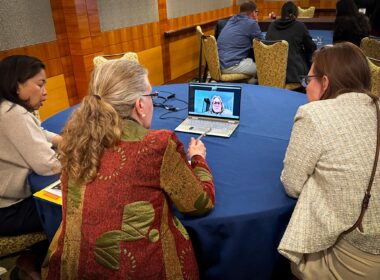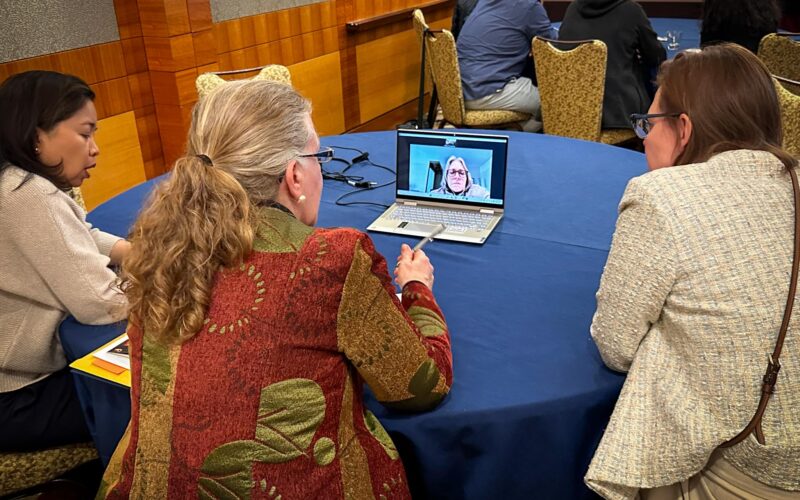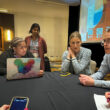Opportunities for Growth and Learning
April 15, 2023
We recently presented an interactive workshop at the Spring 2023 Society for Education in Anesthesia (SEA) meeting in Seattle, Washington titled “Where’s the Patient Voice in Anesthesia Residency Education? – Opportunities for Growth and Learning.”
As anesthesiology educators, we aimed to provide participants with practical tools to meaningfully involve patient partners in designing residency education curricula at their home institutions.
Workshop Faculty:
- Larry Chu, MD, Professor of Anesthesiology, Stanford University School of Medicine, Director of Stanford Anesthesia Informatics and Media (AIM) Lab
- Viji Kurup, MD, Professor of Anesthesiology, Yale University School of Medicine, Vice Chair of Education
- Janak Chandrasoma, MD, Assistant Professor of Anesthesiology
- Melissa Hicks, Senior Patient Partner, Stanford Anesthesia Informatics and Media Lab, Stanford University School of Medicine
Patient Partners:
- Alicia Staley (virtually via Zoom)
- Emily Parks
- Christine Von Raesfeld (virtually via Zoom)
- Jamia Crockett (virtually via Zoom)
- Melissa Hicks
Educational Objectives:
After attending this workshop, participants will be able to:
- Critically analyze the patient inclusion criteria of an anesthesiology residency education patient and public involvement (PPI) plan and determine if they meet adequate standards of equity and inclusion.
- Formulate an anesthesiology residency education PPI plan for a training program, service, or rotation that incorporates at least 1 of the 6 National Institute for Health Research (NIHR) standards of involvement.
- Carry out a curriculum co-production activity in partnership with a patient partner using 1 NIHR standard of involvement.
Workshop Flow and Activities:
The workshop began with a brief overview of the goals, objectives and instructor introductions (3 mins). An icebreaker activity encouraged active participation and interaction between attendees (5 mins).
The background session (10 mins) reviewed evidence for involving patients in medical education and introduced frameworks for equitable involvement, including the NIHR standards. Small groups were then formed where participants met an assigned patient partner and heard their healthcare story (12 mins).
The core of the workshop was an interactive co-design session (30 mins). Participants worked with their patient partner to formulate a PPI plan for an anesthesia resident education activity, applying the NIHR standards. Some examples included teaching empathy and shared decision making.
Finally, groups presented their PPI curricula and received feedback from a different patient partner to further refine their plans (20 mins). The workshop concluded with discussions on implementing these curricula at home institutions and remaining connected to patient partners (10 mins).
In summary, the workshop provided a valuable opportunity for anesthesiology educators to gain hands-on experience in meaningfully engaging patient partners to enhance residency education. We look forward to seeing the impact of applying these learnings at programs across the country.








